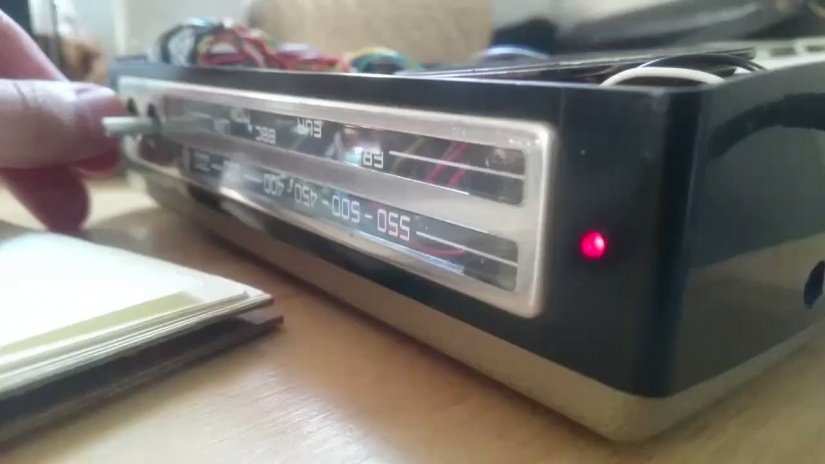Retro-Styled GTA Radio Powered by Raspberry Pi
A video gaming behemoth that has relied on controversy since its early days, the Grand Theft Auto series nevertheless has more to it than ‘steal cars and shoot’. No one who has played the game (certainly not since 2002’s Vice City) has come away without a sharp sense of having exited a compelling, immersive world. A key part of this immersion is the music, and the radio stations that play as you drive, linked together by spoof DJs.
Basically, the music is as much a part of the game as the violence and is by far the safest aspect of GTA to enjoy in the real world. Better still, when you hear the music in real life, it’s instantly evocative of whichever GTA game you were playing...
Almost finished my real-life #GTA San Andreas radio set! TODO: nice caps for the pots, a "tuned" status LED and other software stuff. Can run on a battery pack btw. @RockstarGames @GrandTheftWiki pic.twitter.com/9PXpzgkeT8
— Raphaël Yancey (@raphaelyancey) June 27, 2018
Which might explain why maker Raphaël Yancey built a Raspberry Pi-powered Grand Theft Auto radio, loaded with MP3s from 2004’s Grand Theft Auto: San Andreas game. With the inside of a 1970s Optalix TO100 portable radio removed, Yancey installed a Raspberry Pi 3, along with two pots for controlling volume and ‘frequency’ (in reality, switching between MP3 tracks). LEDs also light up when a “signal” is found.
The real magic here is that the ‘stations’ of music are constantly playing as long as the device is powered up, enabling easy, realistic switching. This is thanks to code called Virtual FM Band. Says Yancey “The software I wrote can handle as many stations as the hardware can! Also, the stations all play simultaneously, not only when you tune in, for that real, sweet radio vibe.”
Fancy building your own version? Yancey has made the code for Virtual FM Band available on GitHub, where you will also find a useful diagram to explain how the music is handled. As the notes explain “Technically, it's a mixer with multiple tracks that takes care of the volume of each track (fade in / fade out) while moving along the virtual frequency.”
Raspberry Pi radio projects are pretty common, but this certainly ranks among the best we’ve seen. Best of all, you’re not limited to the same collection of tracks; you can copy any MP3 files to your Raspberry Pi radio, and switch between them like it’s a real radio!













































